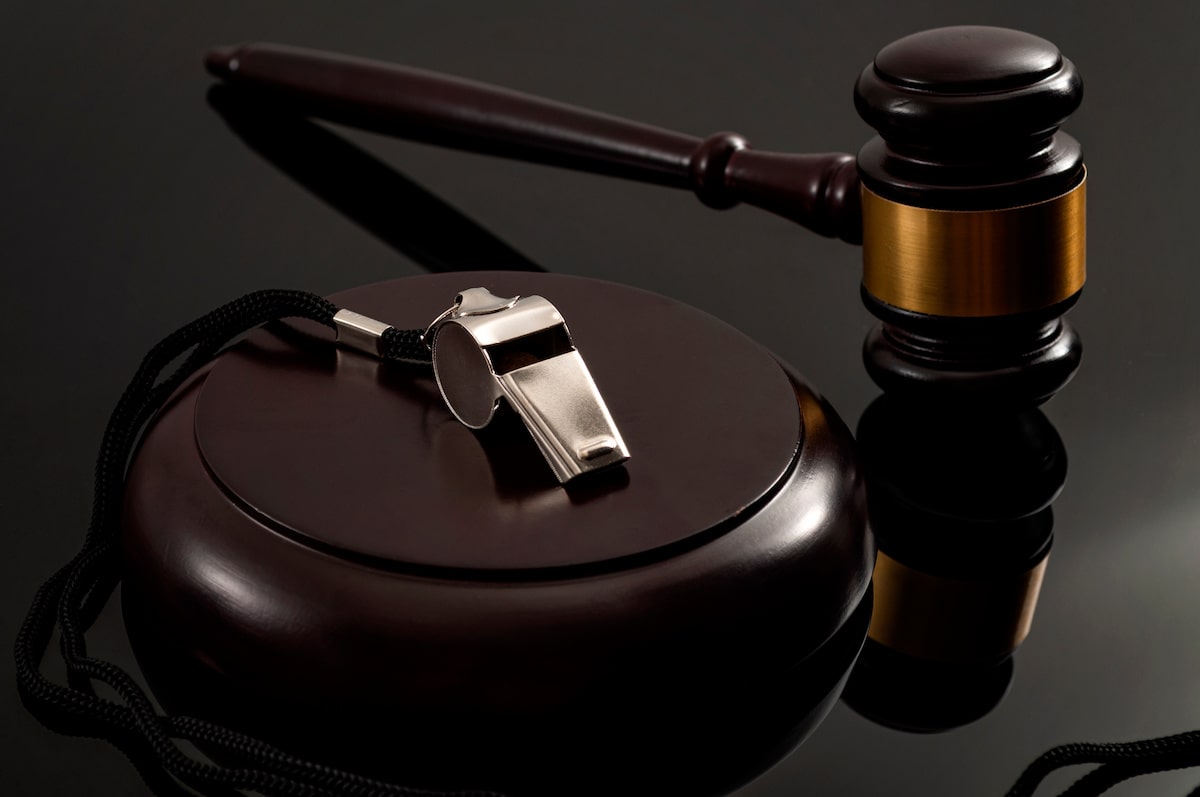Two weeks ago, I wrote about suspicious fire claims. This week, I want to explore suspicious theft claims.
Recently, I was made aware of a case were the policyholder had some health issues and went to the hospital for a few days, only to return home to find he had been burglarized. Unfortunately, a good portion of the tale did not make a whole lot of sense. The insured claimed that the thieves stole furniture and power tools, but not the cases for the power tools. This just did not add up. What is a burglar going to do with a table and chairs? As a former prosecutor, I can tell you that furniture is not readily pawned; nor, for that matter, is it easily and stealthily removed from a residence. This begged the questions: what should an attorney or PA ask the potential client about a suspicious theft loss and what should they expect at the examination under oath (EUO), which will inevitably be requested by the insurance company?
First, look at theft losses through a lens of common sense. Are the circumstances plausible? Was there forced entry? If the facts do not bear scrutiny, pass on it. Any decent insurance defense attorney will harp on inconsistencies at an EUO. The claim mentioned above is an excellent example. Think about things logistically; in order for burglars to steal furniture, they need to remove it from a house, use truck to transport it, and store it. It is more likely that neighbors will notice three guys moving furniture into a large truck than a lone thief in the night pocketing jewelry. Finally, do thieves typically take the time to inspect power tools, leaving their casings behind? Of course not, they would simply take case and all. These are precisely the type of suspicious facts that carriers will exploit and that will ring true with jurors.
Especially in today’s economic climate, there will be no doubt that the insured’s finances will be scrutinized by defense counsel. Be prepared to give tax records, income documents, records of debts, etc. YES, the carrier does have the right to ask for them. Now this does not mean that legitimate theft losses do not happen to people in financial trouble, but financial trouble may be a motivating factor to commit insurance fraud.
Insurance professionals looking at a suspicious theft loss must be extremely mindful of the list of stolen contents, as this is often the source of big problems. All too often, policyholders are tempted to exaggerate just a bit on that contents list. This is usually done in three ways: adding items that did not exist, changing an item’s value, or changing the age of an item in order to thwart potential depreciation. Take care to make sure the policyholders are not stating that they purchased $25,000 in contents in the last 12 months with a $35,000 salary, for example, or that they purchased several big-ticket items within the past year but had no savings and little disposable income.
Finally, the carrier will ask for receipts and proof of purchase for every single item claimed in a theft loss. It is very important to provide these receipts to substantiate the claim. What if the client cannot locate receipts? The insurer may claim it is unable to pay for items which are not substantiated by receipts. This is complete foolishness. Most people do not retain receipts for every item they own. Further, I know of no policy provision stating, “no receipt, no payment.” There are plenty of other methods to prove contents. Photographs, owner’s manuals, affidavits from people who can confirm the contents etc., all may be used… so long as they actually existed!
The bottom line is to look at these claims like a carrier would. If they don’t pass the smell test, you can bet that the carrier will be suspicions.



